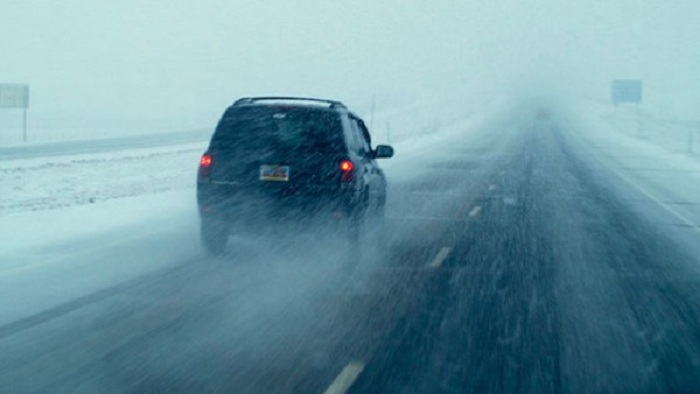6 Tips To Drive Safely During Winter
When snow begins to cover much of the landscape, we should be aware of factors of safety associated with winter driving. Defensive driving techniques could be even more essential when the road is slippery and cars are less controllable. People who don’t normally drive on snow-covered road should learn about these important facts:
1. Follow common sense:
Basic safety habits still apply when driving in very cold weather. We shouldn’t drive fast and the slippery road warrants a slower speed. We should stay off the phone, wear the seatbelt and always pay close attention to everything. We need to be wary of blind spots and possible locations of black ice.
2. Don’t overreact:
Sometimes, our car will begin to slide and we shouldn’t overreact, because it can make the situation much worse. The first thing we should do is to feel the car when it begins to slide and release the brake. Don’t overreact by hitting the brake suddenly and turning the steering wheel sharply. If we do this, we could find ourselves in imminent collision course with trees or other objects.
3. Use brake properly:
Not all cars have antilock braking feature, so we must slow down the car safely. The safest way to slow down is to put the car in lower gears and applying varying amount of braking. By braking too much, we could slide very fast uncontrollably on an icy surface. If we still have little control on the car, it is preferable to hit a snow bank, rather than trees or other cars.
We should also learn to corner properly when we begin to slide. Generally, we should enter slowly and avoid accelerating until we are past the apex of the corner and begin to leave the turn.
4. Accelerate properly:
We can prevent sliding by accelerating evenly and smoothly. Snow tires should be worth purchasing, because they can help us to accelerate and decelerate smoother.
5. Know your car:
We should be aware of the limitation of our car to allow us drive smartly. While we could safely drive with two-wheel drive on places with warmer weather, we should know that snow-covered areas may require 4WD cars. But, even if you have the latter, you shouldn’t be reckless by thinking that you can anywhere. We should know the limitation of our car, regardless of its design and purposes.
6. Check weather forecasts:
Weather forecasts don’t always give us accurate predictions, but it can prepare us better. When the forecast says that it will snow heavily, it is unlikely that the sky will be clear. But if the forecast says that it will be sunny, we should still be prepared for overcast sky and light snow.
These advices should help us drive much more safely during winter and we should remember that we are behind the wheel; we could harm ourselves and others if we don’t ensure our safety. Drive safe to stay safe!


